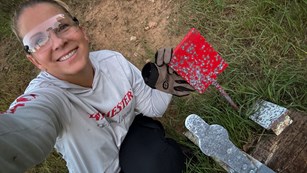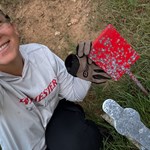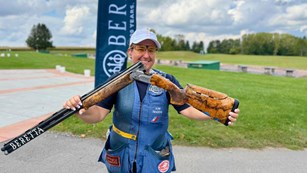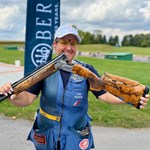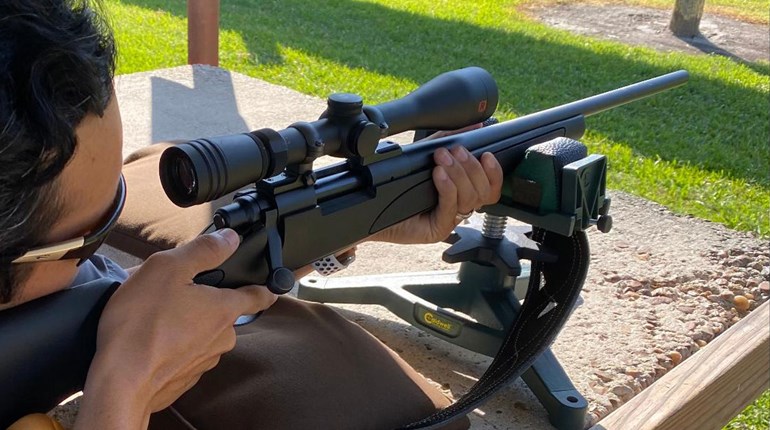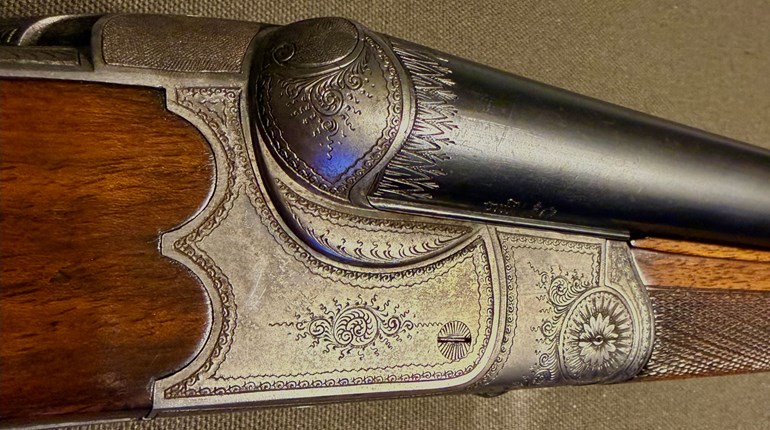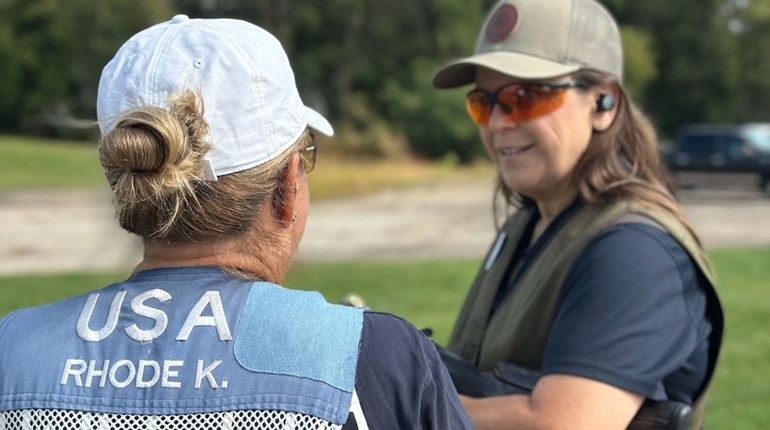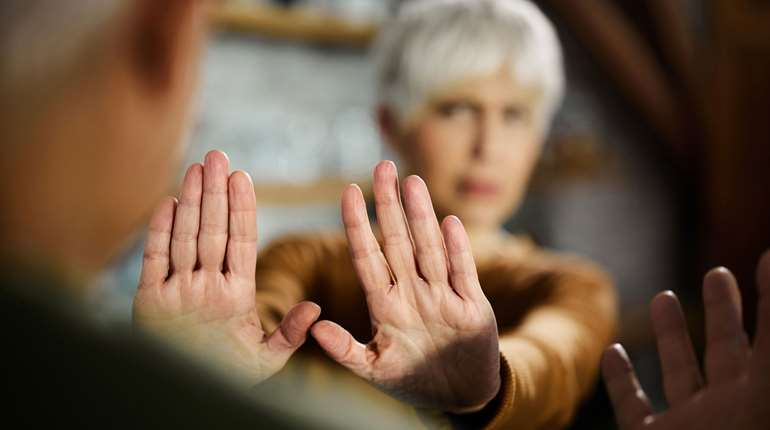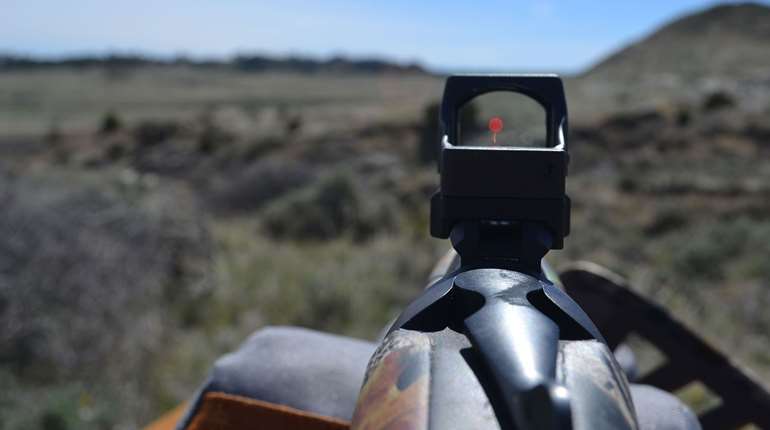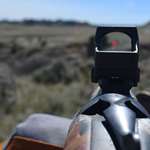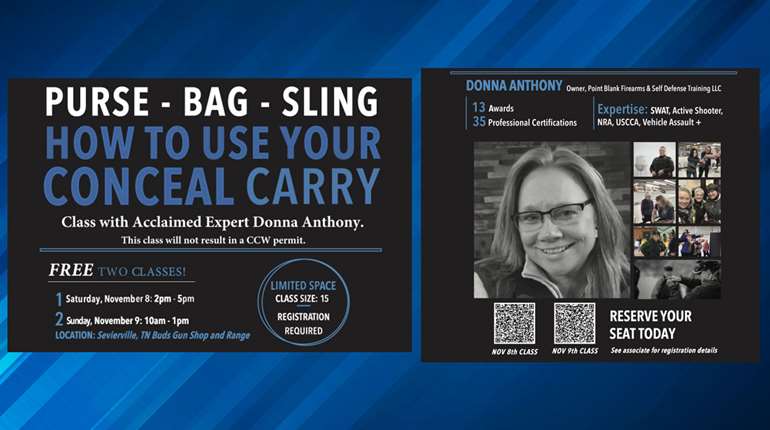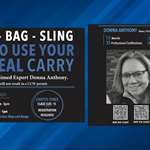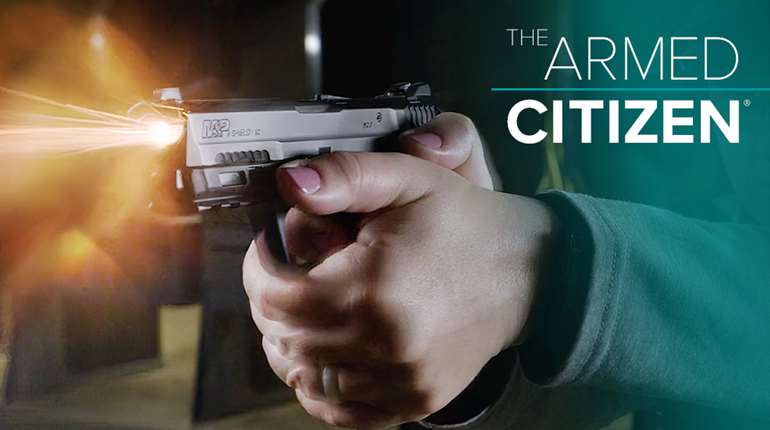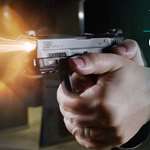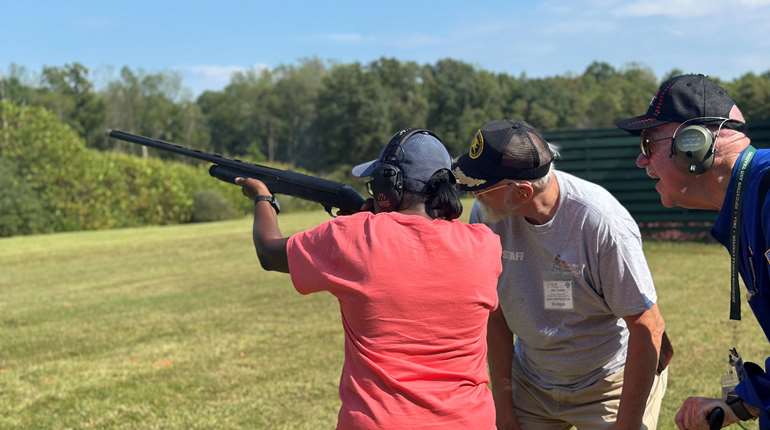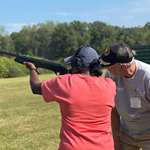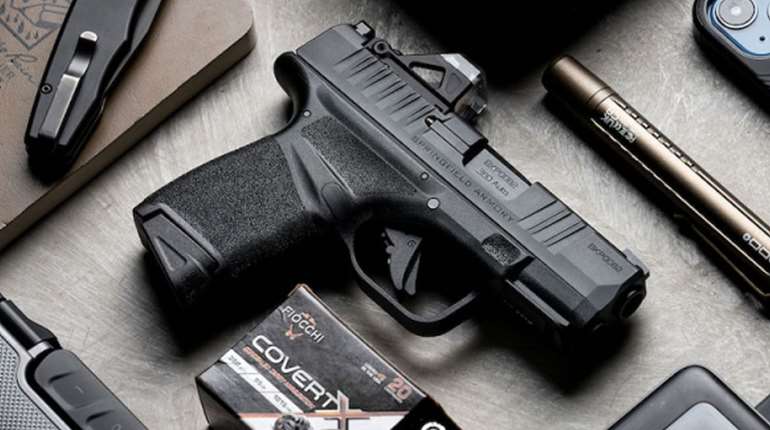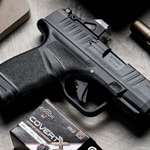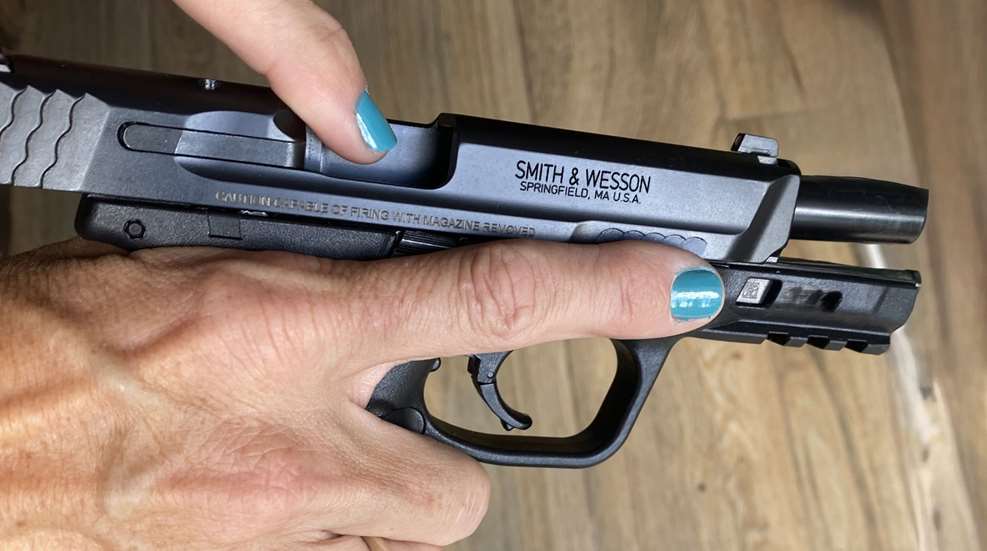
Anyone who regularly shoots firearms has, or will eventually have to, deal with some type of stoppage. A stoppage is nothing more than a malfunction in the firearm or cartridge that stops the firing process. Knowing how to safely clear a stoppage is an important skill that every shooter needs to have.
In many firearms training classes, students are taught to quickly clear a stoppage and resume firing. That is great information if you are an advanced shooter. This is the classic “tap-rack-and roll.” If you are instructing a new shooter, teaching them how to clear a stoppage needs to be more elementary. The following are the main types of stoppages that you need to teach a new shooter.
Stovepipe
A stovepipe occurs when a round is discharged in a semi-automatic firearm and the empty case or brass is not fully ejected out of the ejection port or breech of the gun. The case flips up with the opening of the brass pointed upward and held in place by the action of the gun or the slide of a semi-automatic pistol. It is called a stovepipe because if you look at it from the side it looks like a stovepipe you might see at a factory or through the roof of a dwelling.

A stovepipe is dealt with in three steps in an NRA Basic Firearms Course. First, you remove the ammunition source such as the magazine. Second, you work the action back and forth to ensure that any live round in the chamber is ejected then you lock the slide in the open position. Third, you visually and physically, with your finger, double check to make sure that there is no live round in the chamber or magazine well.
Double Feed
There are two ways double feed can occur. The first is when a round is discharged in a semi-automatic firearm and the ejector slips off or fails to grab the spent case while the slide moves rearward then forward picking up a live round out of the magazine. This results in a spent case and a live round stuck in the breech or receiver of the firearm.

The second way to get a double feed is when there is a misfire with a live round and the shooter opens and shuts the action to eject the misfired live round and load a new live round out of the magazine. The result is the same if the ejector fails to remove the bad round. You end up with two live rounds in the breech or receiver of the firearm.
In an NRA Basic Pistol course, a double feed is dealt with in three steps like you would a stovepipe. First, you remove the ammunition source such as the magazine. Second, you work the action back and forth to ensure that any live round in the chamber is ejected, then you lock the slide in the open position. Third, you visually and physically, with your finger, double check to make sure that there is no live round in the firearms chamber or magazine well.

Bullet Jump
Bullet jump, also called bullet creep, is a unique type of stoppage that not many shooters have experienced, but occasionally does occur. In fact, in all the years I have been shooting, I have only experienced one bullet jump. Even though it is rare, it does occur, and all shooters need to know how to deal with this type of stoppage.
Bullet jump, or creep, occurs when the recoil from a fired round or multiple fired rounds causes the bullet of another round in the magazine to move forward but not fully coming out of the case. The stoppage occurs when the bullet sticks far enough out of the revolver’s cylinder that it interferes with the rotation of the cylinder.
This type of stoppage was traditionally an issue in revolvers shooting magnum loads such as .357 Magnum, .41 Magnum or .44 Magnum. Now we are starting to see the same occurrence in revolvers chambered in 9 mm, 10 mm, and .45 ACP. I have recently started seeing warnings on boxes of 9 mm stating “not recommended for shooting out of revolvers” because of the chance of bullet jump.
There are two ways that you might have to deal with a stoppage. The first one is simple if the bullet is protruding out of “swing out” or open side of one of the cylinders chambers. This is on the left side of most revolvers. All you must do is depress the cylinder release latch and swing the cylinder open and let the round fall out.
The second way involves the bullet protruding out of the “closed” side of the cylinder in a revolver. This is usually on the right side of revolvers. This can be tricky because you must deal with a live round that is still in the firearm. It is always advisable to let a trained gunsmith remove the live round from the gun.
If you decide to handle the situation yourself, with the firearm pointing in a safe direction, using a pair of pliers, pull the bullet from the case. Now you can open the cylinder and let the case and powder fall clear of the cylinder. Just make sure that any gun powder that ends up on the gun is wiped off before reloading the gun.
Misfire
A misfire occurs when the trigger is squeezed, and the firing pin strikes the primer of the cartridge, but it fails to discharge. Basically a “click, no bang.” This can be caused by a defect in the cartridge, such as a bad primer, or a defect in the gun, such as a weak firing pin spring.
There are two steps to deal with a misfire in an NRA Basic Pistol course. The first step is to keep the firearm pointed in a safe direction for 30 seconds. The second step is to open the action and check the bore for obstructions. If the barrel is clear, the shooter can resume firing.

Squib
A squib occurs when there is less than normal pressure in a round that was discharged. A squib is identified by less than normal recoil, sound, or muzzle flash. A squib round normally does not have enough pressure for the firearm to eject the spent case out of the gun. If the projectile clears the end of the barrel, all you need to do is follow steps to clear the stoppage.
A squib round can become a very dangerous situation if the projectile is stuck in the barrel. The hazard comes if the shooter does not stop shooting and he or she discharges another round. A projectile that is stuck is an obstruction. Discharging a live round in a barrel with an obstruction can damage to the firearm as well as cause serious bodily injury or death to the shooter.
There are two steps to deal with a misfire in an NRA Basic Firearms course. The first step is to keep the firearm pointed in a safe direction for 30 seconds. The second step is to open the action and check the bore for obstructions. If there is an obstruction, it needs to be cleared before resuming live fire. You can remove the obstruction if it can be done safely. If you cannot safely remove the obstruction yourself, it should be taken to a trained and qualified gunsmith.
When teaching a new shooter how to deal with a stoppage, it is important to remember that they are a beginner. Take it slow and remind them to keep the firearm pointed in a safe direction. Never lose sight of the fact that you are as a firearms instructor that you are teaching a new shooter, a new skill, in a totally new environment!
